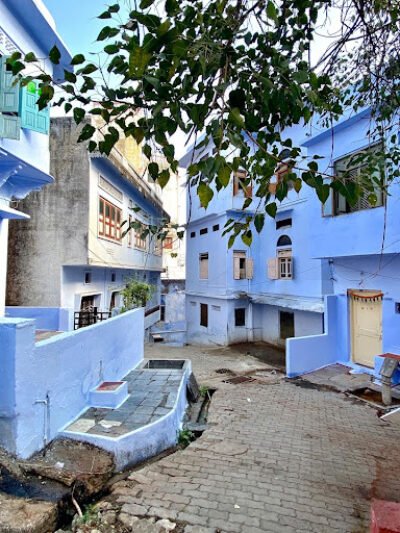The Artists of Nathdwara: Preserving the Tradition of Pichvai Painting (A Case Study)
The equation at hand: What do you get when you meld a corporate publishing body, a prominent contemporary designer, and a very insular circle of tradition-based artists?
What is a pichvai, and where is Nathdwara?
The tiny temple town of Nathdwara, which literally translates to “Gates of the Lord,” is a place most, even in India, do not know. Approximately 30 families of 4-5 generations of pichvai artists dating back to the 17th century live in this small temple town in the Indian state of Rajasthan called Nathdwara (literally “Gates of the Lord”). The majority of the residents of Nathdwara belong to a small denomination of Hinduism known as the Pushti Marg (literally “Path of Grace”). At the core of their faith, the Pushti Marg venerates Lord Krishna in the form of a seven-year-old child called Shrinathji. Pichvais (with roots in Sanskrit meaning “displayed at the back”) are decorative textiles utilized by the Pushti Marg in their veneration of Shrinathji. Nathdwara is centered around the temple of Shrinathji, which is situated in Chopati Bazaar and serves as the town’s nerve center.

